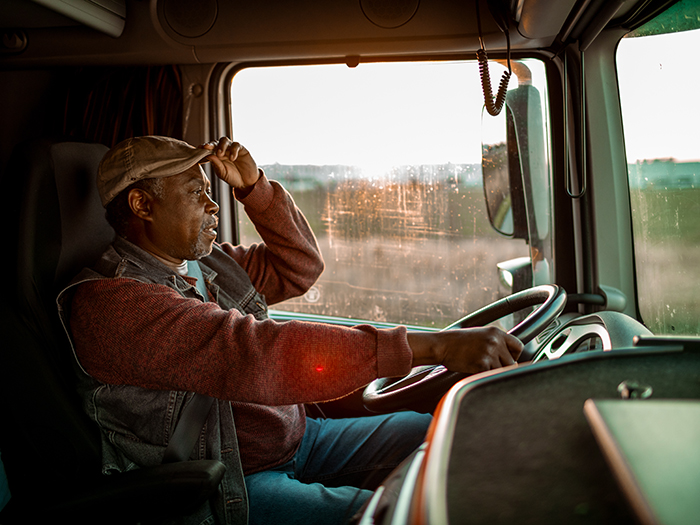Risk Insider: Dave Hook
Controlling and Covering UAVs
Last winter a chunk of ice that fell from the roof of a friend’s house damaged his car. He figured the block weighed about five pounds and fell from roughly ten feet above the hood of the car.
Crunching the numbers, the energy deposited on the hood of his car was about 0.017 kilojoules. My friend told me that the comprehensive component of his auto insurance, minus the deductible, paid for the repair. His car insurance premium didn’t even budge.
An unmanned aerial vehicle (UAV) zips through the sky. Operated by a local television station to provide eye-in-the-sky coverage of the morning commute, the UAV costs much less to operate than a helicopter and pilot.
The UAV stops mid-air to zoom in on a traffic accident. Suddenly, the electrical power distribution system suffers a catastrophic failure, interrupting power from the batteries to the multiple electric motors that spin the UAV’s rotors.
Like the block of ice, the little craft obeys Newton’s law of universal gravitation. It can’t glide like an airplane or auto-rotate like a helicopter.
Summoning the glide ratio of a Steinway grand piano, it plummets straight down, becoming part of the accident scene.
The Federal Aviation Administration recently set the limits (PDF) which separate the lesser-regulated recreational use of UAVs from the commercial uses that are subject to all of the FAA’s regulations.
The upper-limit boundaries for the recreational UAVs flown for pleasure and not any commercial purpose is a maximum weight of 55 pounds and a maximum height of 400 feet above the ground.
In the scenario above, the UAV would hit whatever or whoever is beneath it with a kinetic energy of 7.45 kilojoules, over 400 times the energy expended on my friend’s car by that block of ice.
No longer a figment of science fiction, UAVs are here and in use. While the FAA struggles to keep the genie in the bottle during the testing period with their six designated operators and test sites, the technological leaps and bounds in the UAV industry are making the use of pilotless aircraft ever-more attractive.
The practical side of the commercial operation of UAVs will still come down to good business practices, like any other business. Commercial liability products will continue to be the mortar for those good business practices.
Therefore, if companies that operate UAVs expect to reduce their risks by the common practice of risk sharing with insurers and underwriters, then the insurance industry will have a say in how UAVs will be operated.
Risk mitigation tools which the insurance industry may wish to encourage are:
• Ballistic parachute systems to reduce impact energy in the event of a catastrophic loss of lift or control.
• Redundant electrical power paths to reduce single-point failure to critical systems such as engine power, flight control, and navigation.
• Flight operator training and currency requirements, including differentiation between recreational operations and commercial operations.
• Flight certifications for a particular purpose like aerial observation, aerial application (crop dusting), UAV flight training, and so on.
• Maintenance standards to ensure UAVs are sufficiently airworthy to warrant coverage.
Now is one of those times when it is better to hop off the wagon and lead the horses than remain seated and seeing where the wagon train ends up. For more information, click here.










